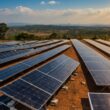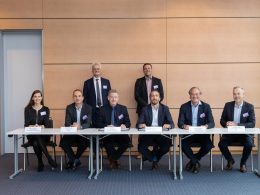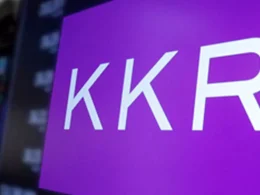IKEA is launching a third wave of its renewable electricity programme expanding access to renewable energy for suppliers in 14 additional markets. The share of renewable electricity used in the production of IKEA products increased from 71% to 75% in FY24, as the company continues efforts to reduce its climate footprint.
Electricity consumption accounts for around 36% of emissions from IKEA’s production, which itself represents 7% of the company’s total climate footprint. Increasing the use of renewable electricity is seen as a key step towards achieving net zero emissions across its value chain.
Originally launched in FY21, the renewable electricity programme was designed to help suppliers access clean energy in markets where availability is limited. With the latest expansion, the programme now covers 27 markets and more than 91% of CO2 emissions from electricity used in production.
China and India were among the first countries included in the initiative. Between FY20 and FY24, CO2 emissions from electricity use fell by 87% at Chinese suppliers and by 49% at Indian suppliers. The share of renewable electricity in production now stands at 92% in China and 69% in India.
Under the programme, IKEA secures pre-negotiated agreements with renewable energy providers, allowing suppliers to opt into cost-effective clean energy contracts, including bundled frame agreements and power purchase agreements.
The company aims to achieve 100% renewable energy across its value chain, said Sriram Rajagopal, Head of Climate and Air Quality at Inter IKEA Group. With fossil fuel-based electricity generation being a major contributor to greenhouse gas emissions, IKEA’s expanded programme seeks to make the transition to renewables more accessible and affordable for its suppliers.





















